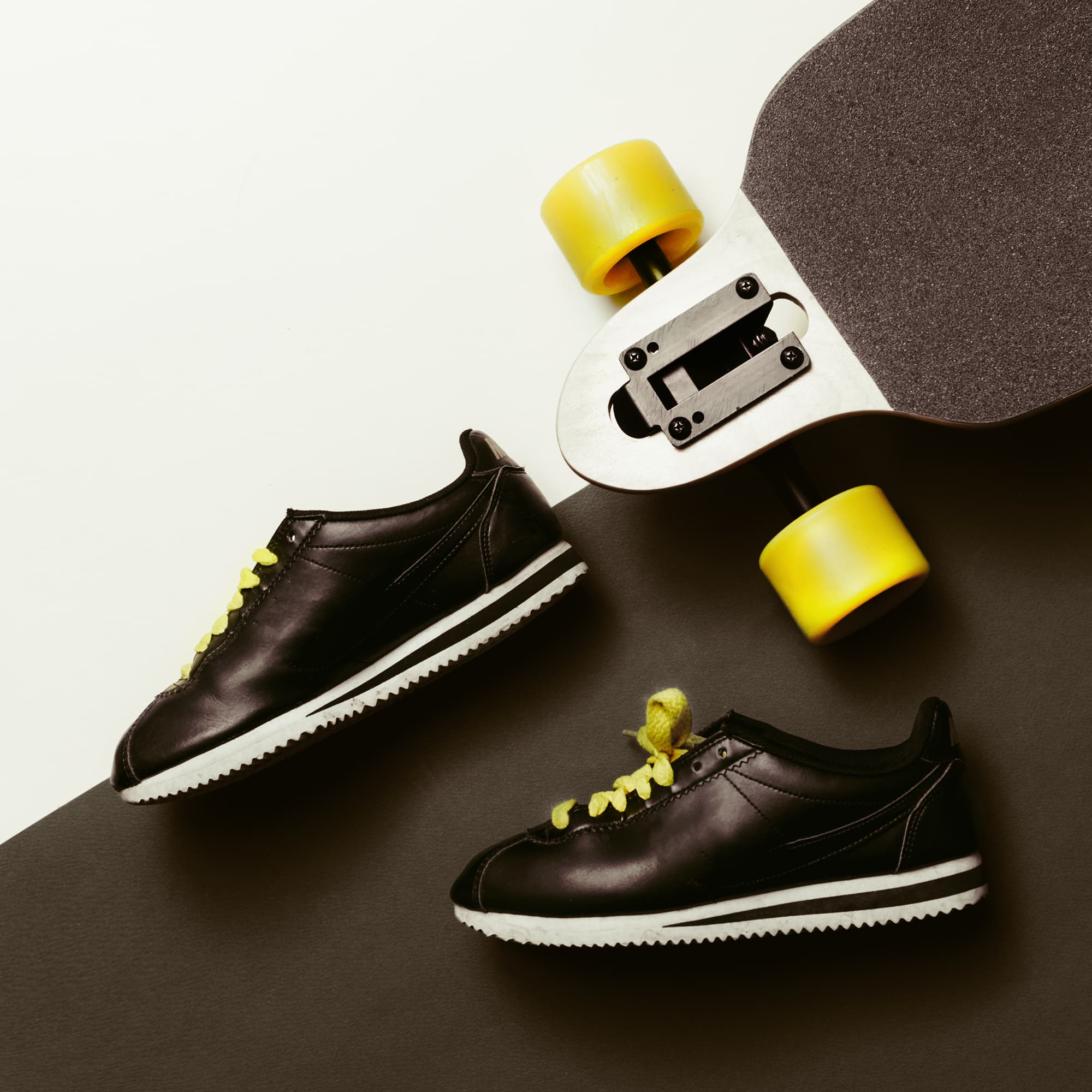Painting on leather: what are the advantages and how can you succeed ?

When it comes to personalising leather accessories, restoring worn items or creating unique pieces, leather painting offers an infinite range of possibilities. But to succeed in your leather painting projects, it's essential to understand the appropriate techniques and master the tricks specific to this material. Here's a closer look at the benefits of leather painting and the tips you need to make your DIY projects a success.
Introduction to leather painting
Leather paint is a versatile and creative way to give your leather goods a new lease of life. There are several types of paint specifically designed for leather, each with its own unique characteristics.
A lire en complément : What type of apartment to rent for a stay in Méribel ?
The first categories of leather paint are acrylic paints. They are popular because of their versatility, adhesion and ability to blend easily to create customised shades. They are also durable and offer a water-resistant finish once dry.
Water-based paints are another popular category of paint. They are environmentally friendly and quick-drying. They also offer excellent coverage and a wide range of colours.
Avez-vous vu cela : What are the different types of garden beds ?
Oil-based leather paints are the preferred option for artists looking for exceptional depth of colour and gloss. They do, however, require a longer drying time and the use of solvents for cleaning.
Advantages and use of leather paint
The first advantage of using leather paint is its ability to transform worn or out-of-fashion leather goods into unique, personalised creations. For example, you can use it to give a new lease of life to your shoes, handbags, clothes or even leather furniture.
What's more, the wide range of colours and finishes available for these paints means they can be customised almost indefinitely to suit individual tastes. So it's a versatile product. From restoring vintage pieces to creating original works of art.
Techniques and tips for successful leather painting projects
To make a success of your leather painting projects, it is essential to carefully prepare the surface to be painted. Preparation involves cleaning the area concerned and degreasing it to ensure the paint adheres well.
Then use one of the many paints specially formulated for leather. Apply them in thin coats using brushes or sponges to avoid smearing and achieve an even finish.
Then leave to dry completely between coats and use mixing and layering techniques to create interesting colour effects. Finally, seal your work with a varnish or sealer to protect the paint and improve its durability.
Case studies and success stories
Many DIY enthusiasts and artists have shared their successes with leather painting. Some have transformed tired old leather sofas into stylish centrepieces for their living rooms.
Others have given new life to old-fashioned leather jackets by creating unique and trendy designs. Seeing the images of these new creations, it's easy to see the versatility and creativity that leather paint offers.
Tips for caring for creations painted on leather
After painting on leather, it's important to take steps to protect and care for your creation.
The first tip is to avoid rubbing the painted surface, as this could damage the paint. Whether you're maintaining or using the painted accessory, you need to make sure you're gentle.
Use a soft, dry cloth to dust them regularly, and opt for cleaning by hand with a damp cloth and mild soap. The use of washing machines and aggressive chemicals should be avoided.
When drying, avoid prolonged exposure to direct sunlight. By following these simple tips, you can keep your painted leather creations in perfect condition for many years.
